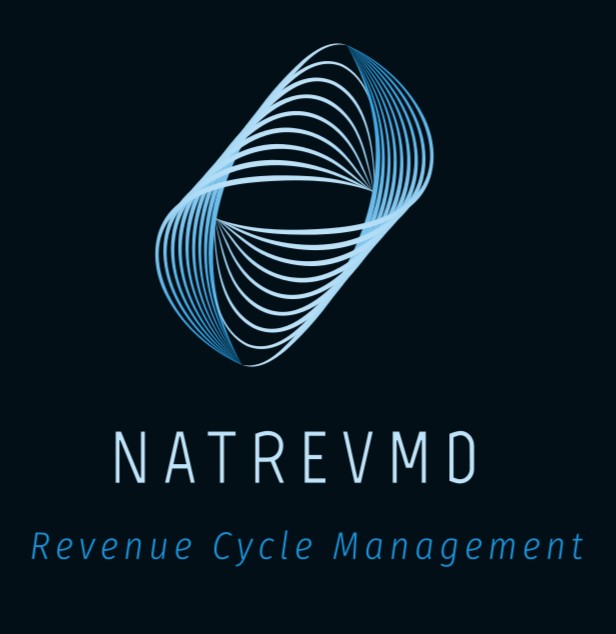The Case Against Micromanagement and the Power of Processes and Metrics
Introduction:
In the fast-paced and dynamic world of business, effective leadership is essential for success. However, there’s a fine line between providing guidance and stifling creativity through micromanagement. In this blog post, we’ll explore the drawbacks of micromanaging staff and advocate for a more empowering approach – creating processes and identifying metrics to monitor for optimal results.
The Pitfalls of Micromanagement:
Micromanagement can have detrimental effects on both employees and the overall organizational culture. When leaders excessively control and oversee every aspect of their team’s work, it often leads to:
- Diminished Morale: Constant scrutiny can erode the morale of employees, leading to frustration, burnout, and a lack of motivation.
- Stifled Creativity: Micromanagement can stifle innovation and creativity, as employees may become hesitant to explore new ideas or take calculated risks.
- Reduced Productivity: Instead of fostering productivity, micromanagement can hinder it. Employees may spend more time seeking approval than actually completing tasks.
- High Turnover: Constant supervision without room for autonomy can drive talented employees away, contributing to high turnover rates.
The Power of Processes:
Rather than micromanaging, effective leaders focus on establishing robust processes within the organization. Processes provide a structured framework that guides employees, ensuring they understand their roles and responsibilities. Key benefits of implementing processes include:
- Clarity and Consistency: Clearly defined processes ensure that everyone understands their role in achieving organizational goals, fostering consistency across the team.
- Time Efficiency: Processes streamline workflows, reducing the likelihood of bottlenecks and unnecessary delays. This, in turn, enhances overall productivity.
- Quality Control: Well-established processes help maintain consistent quality standards, minimizing errors and ensuring that deliverables meet or exceed expectations.
- Adaptability: Processes can be refined and adapted to changing circumstances, allowing organizations to stay agile in dynamic environments.
Identifying Metrics for Success:
In addition to processes, identifying and monitoring key performance indicators (KPIs) is crucial for gauging the success of your team and organization. By focusing on relevant metrics, leaders can:
- Measure Performance: KPIs provide tangible data on individual and team performance, enabling leaders to assess progress and identify areas for improvement.
- Facilitate Continuous Improvement: Regularly monitoring metrics allows for the identification of patterns and trends, enabling organizations to adapt and evolve over time.
- Align with Organizational Goals: Metrics help ensure that individual and team efforts are aligned with broader organizational objectives, fostering a cohesive and goal-oriented workplace.
- Empower Employees: Clear metrics empower employees by providing them with a roadmap for success. They can see how their efforts contribute to the overall success of the organization.
Conclusion:
In the pursuit of success, leaders must recognize the limitations of micromanagement and embrace a more empowering approach. By establishing effective processes and identifying relevant metrics, organizations can cultivate a culture of autonomy, creativity, and continuous improvement. This shift not only enhances employee satisfaction and retention but also positions the organization for long-term success in a rapidly changing business landscape.





